A’SHARQIYAH
Consisting of the governorates of North and South Ash Sharqiyah, this part of Oman is widely considered the geographical jewel of the Sultanate. It is here that stunning coastlines give way to the unique ecosystem that is Sharqiyah Sands, making this region a paradise for adventurers and explorers.
NORTH & SOUTH A’SHARQIYAH
The nature of this region blends three environments, each having its own distinctive flavour: the coastline, hugging the Arabian Sea and part of the Sea of Oman, tells the story of hard work done by hardy men. Their weapons are the boats they have built with their own strong hands. Their ammunition is their nets spun by their dexterous fingers while chanting melodious work songs. Under cover of night, they sail into the sea and wrangle with its high waves in a constant battle between the desire to earn their living and come home safely. At the break of dawn, these hard-working men return with their nets overflowing with fish, chanting the melodious refrain, “Thanks be To Allah” for His boon and a safe trip back home…. This is the first environment of South A’Sharqiyah Governorate, and the most prolific fishery of all the regions of Oman
HERE THE PLACES TO VISIT IN A’SHARQIYAH
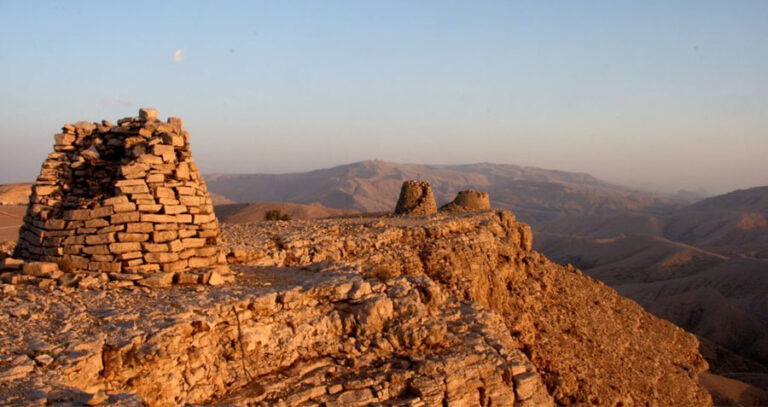
Kubaikib Archaeological Tombs
Visitors are able to find Kubaikib Archaeological Tombs – Kubaikib Towers in the local language – near the village of Qiran over the Selma Plateau, which are archaeological tombs, shaped like beehive, dating back to the Bronze Age nearly 4000 years ago, and were discovered in the 1990s and are considered older than the Egyptian pyramids.
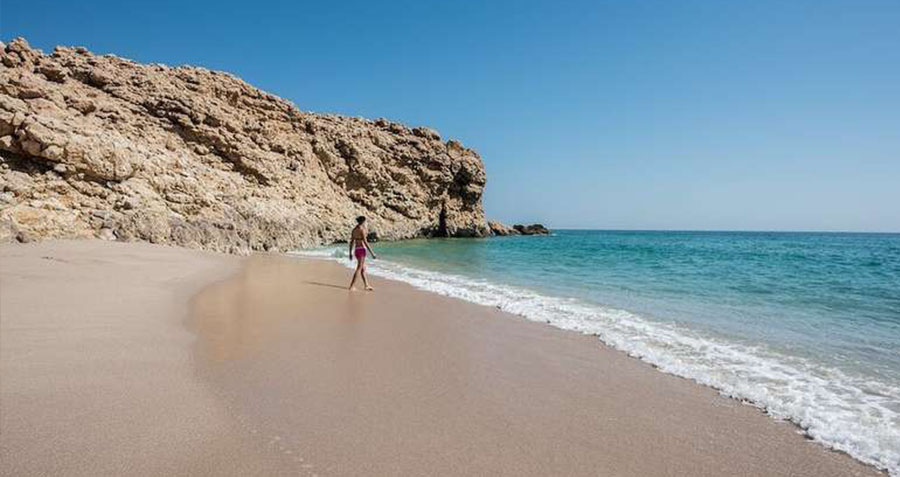
Al Ashkharah
The spectacular sandy beaches surround Al Ashkharah on both sides and extend for several kilometers, it is embraced by Arabian Sea, and there are many umbrellas on the beach that allow tourists to enjoy seeing the beauty of the beach and its golden sands, it is also a place for flocks of Gull and wader.
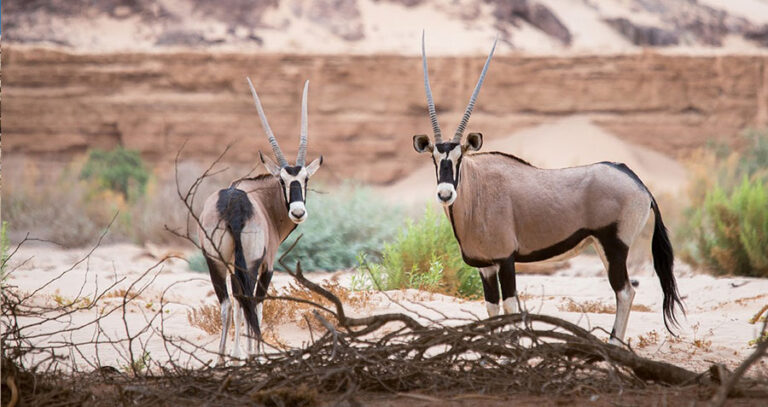
Al Saleel National Park
It is located to the north of Al Kamil W’al Wafi Wilayat and 57 km from Sur. It consists of three basic geographical types.
The first is the alluvial plain and has a wide yard of acacia and gum Arabic trees, the second is the valleys that split the mountains and the third is the broad hills of these mountains.
This Park is home to the Arabian gazelle, wild cats, Arabian wolves, red fox and Egyptian eagle, along with a variety of turtles and birds.
The first is the alluvial plain and has a wide yard of acacia and gum Arabic trees, the second is the valleys that split the mountains and the third is the broad hills of these mountains.
This Park is home to the Arabian gazelle, wild cats, Arabian wolves, red fox and Egyptian eagle, along with a variety of turtles and birds.
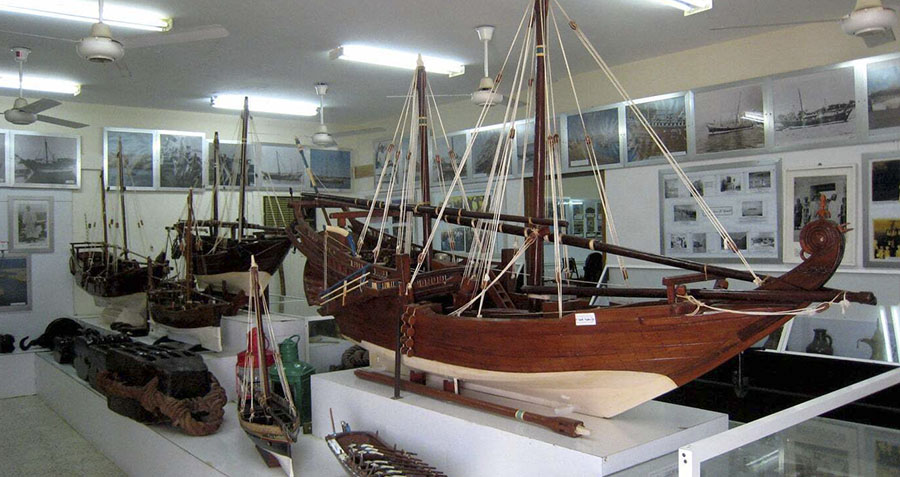
Sur Maritime Museum
Sur City is famous for its maritime heritage, which highlights the leading role that Omanis played in maritime navigation across a long period in history.
In order to preserve this heritage, and to ensure that the coming generations know of it, the Maritime Museum in the Wilayat of Sur was established to reflect various types of Omani maritime heritage.
Efforts have been made by the citizens of the wilayat and researchers in Omani heritage to preserve this slice of history. The Museum was established in 1987 at the Al Orouba Club. Since its inception, it has been serving a scientific cause for the benefit of those interested in the Omani maritime history.
In order to preserve this heritage, and to ensure that the coming generations know of it, the Maritime Museum in the Wilayat of Sur was established to reflect various types of Omani maritime heritage.
Efforts have been made by the citizens of the wilayat and researchers in Omani heritage to preserve this slice of history. The Museum was established in 1987 at the Al Orouba Club. Since its inception, it has been serving a scientific cause for the benefit of those interested in the Omani maritime history.
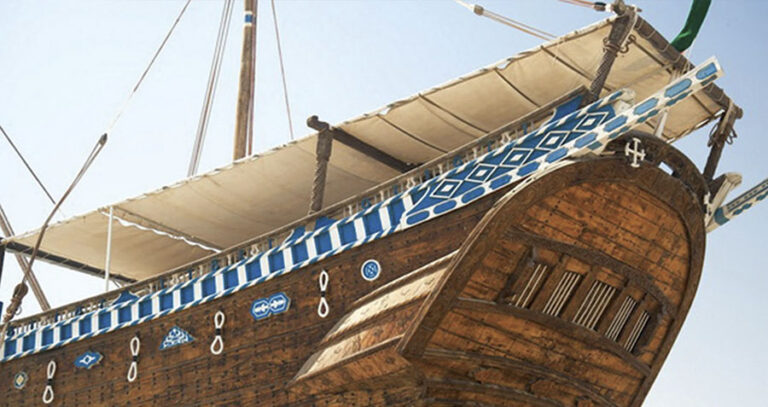
Sur Dhow Yard
Close to the Sur Maritime Museum, Sur’s dhow yard is the perfect place to witness craftsman build dhows the traditional way, without plans. This is the only surviving dhow-building yard in Oman.
If there is one industrial town in Oman that has not lost its importance from the days of yore, it’s Sur. You know you’ve entered a town that prides on its traditional heritage when the maze of streets showcase ancient residential dwellings each of which still carry a mark of the past on its majestic carved doors and Arabesque windows.
If there is one industrial town in Oman that has not lost its importance from the days of yore, it’s Sur. You know you’ve entered a town that prides on its traditional heritage when the maze of streets showcase ancient residential dwellings each of which still carry a mark of the past on its majestic carved doors and Arabesque windows.
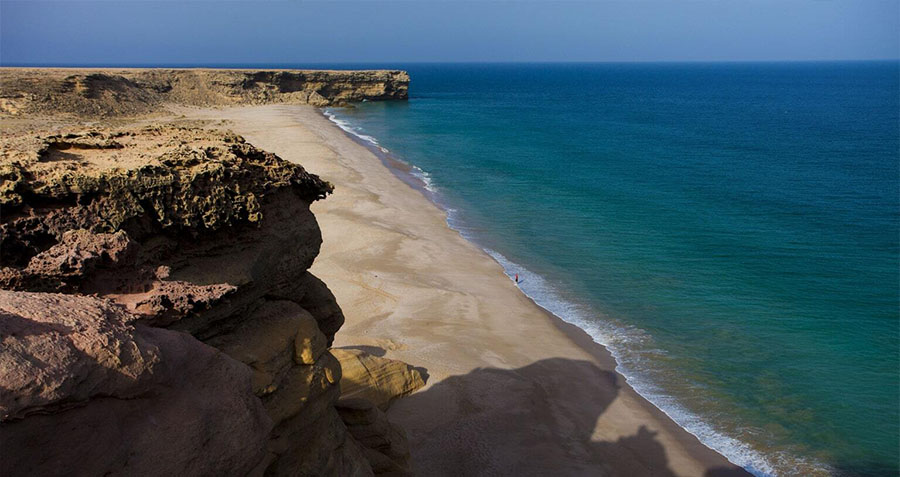
Ras Al Jinz
Thousands of sea turtles migrate yearly to the shores of Oman to lay their eggs. Ras Al Jinz is a nature reserve famous for the opportunity to witness the endangered green sea turtle in its natural habitat during nesting and hatching season.
Ras Al Jinz Turtle Reserve, a unique natural landscape, unspoiled shorelines, golden deserts, luxuriant green oases and rugged mountains. Ras Al Jinz is world renown for the nesting of the endangered green turtle (Cheloniamydas), probably the most important nesting concentration on the Indian Ocean. This is the only place where public can watch the nesting process of these amazing sea-giants. A once in a lifetime opportunity.
Ras Al Jinz Turtle Reserve, a unique natural landscape, unspoiled shorelines, golden deserts, luxuriant green oases and rugged mountains. Ras Al Jinz is world renown for the nesting of the endangered green turtle (Cheloniamydas), probably the most important nesting concentration on the Indian Ocean. This is the only place where public can watch the nesting process of these amazing sea-giants. A once in a lifetime opportunity.
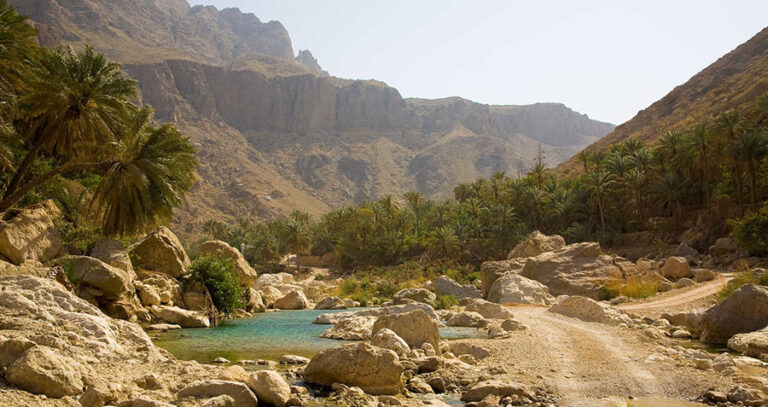
Wadi Tiwi
Not far from Wadi Shab is Wadi Tiwi, which is lined by small villages and date and banana plantations. Although the wadi can be accessed by car, it is best explored on foot, with a two-day hike possible across the mountains to Wadi Bani Khalid.
A couple of kilometres south of Wadi Shab lies the almost identical Wadi Tiwi, another spectacularly deep and narrow gorge carved out of the mountains, running between towering cliffs right down to the sea. It’s less unspoiled than Wadi Shab surrounded by lush plantations of date and banana, and criss-crossed with a network of gurgling aflaj.
A couple of kilometres south of Wadi Shab lies the almost identical Wadi Tiwi, another spectacularly deep and narrow gorge carved out of the mountains, running between towering cliffs right down to the sea. It’s less unspoiled than Wadi Shab surrounded by lush plantations of date and banana, and criss-crossed with a network of gurgling aflaj.
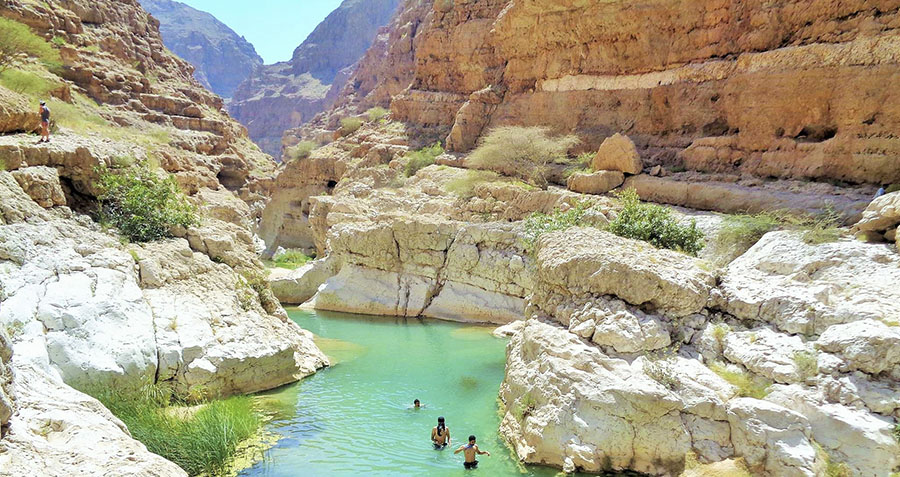
Wadi Shab
Located just off the Sur-Muscat coastal road, Wadi Shab can be reached via a short boat ride. A short hike will bring visitors to the wadi’s famous waterfall and crystal clear water pools, and even a partially submerged cave.
Visiting Wadi Shab is one of the top things to do in Oman and you need to include it on your list. Think a fantastic gorge, warm blue pools, and a hidden waterfall!
Visiting Wadi Shab is one of the top things to do in Oman and you need to include it on your list. Think a fantastic gorge, warm blue pools, and a hidden waterfall!
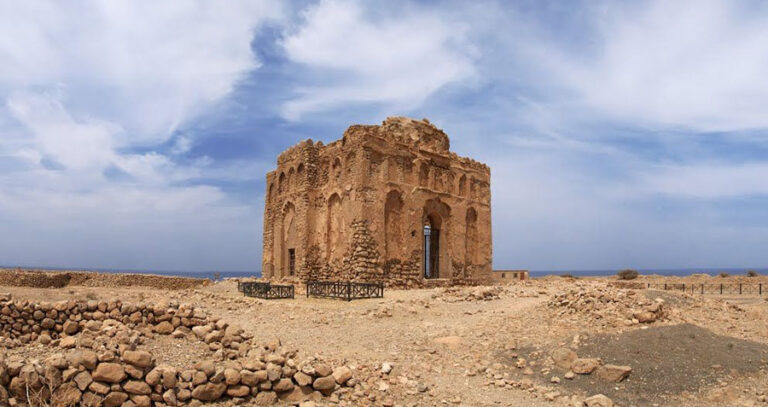
Qalhat - Bibi Maryam Tomb
Once the first capital of Oman, Qalhat’s history traces back to the Bronze Age. The Portuguese occupied the city until being expelled in the late 16th century. Since then, the settlement has slowly fallen to ruin, with only the tomb of Bibi Maryam remaining as testament to Qalhat’s former importance.
Qalhat was once a shining jewel along the Omani coastline. The Indian Ocean trade route brought many people through the ancient city, which Italian explorer Marco Polo described as having “fine bazaars and one of the most beautiful mosques.”
Qalhat was once a shining jewel along the Omani coastline. The Indian Ocean trade route brought many people through the ancient city, which Italian explorer Marco Polo described as having “fine bazaars and one of the most beautiful mosques.”
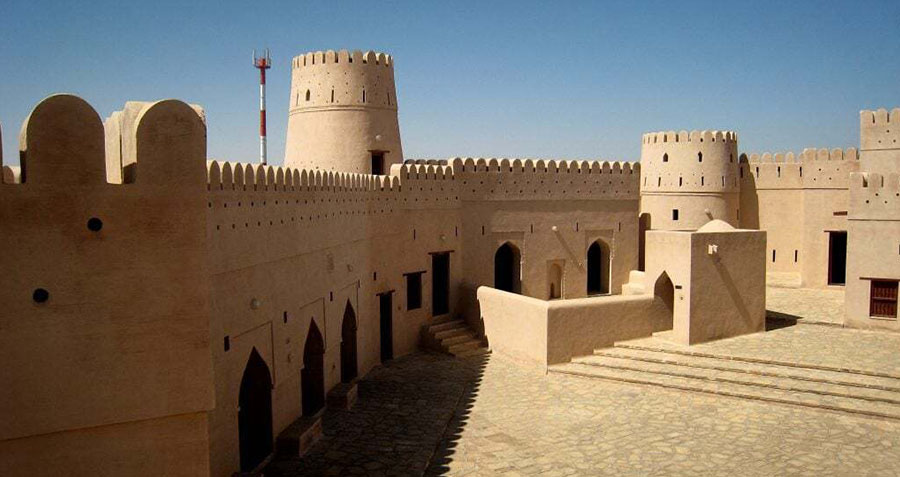
Jalan Bani Bu Hassan
Jalan Bani Bu Hassan, a wilayat in the Sharqiyah South Governorate, is located 300 kilometres away from Muscat. It borders Al Kamil W’al Wafi in the north, Sur in the northeast, Bidiya in the west, Mahout in the southwest and Jaalan Bani Bu Ali in the south. The wilayat comprises 197 villages that are reputed for geographical diversification and several of archaeological, historical, tourist and economic landmarks.
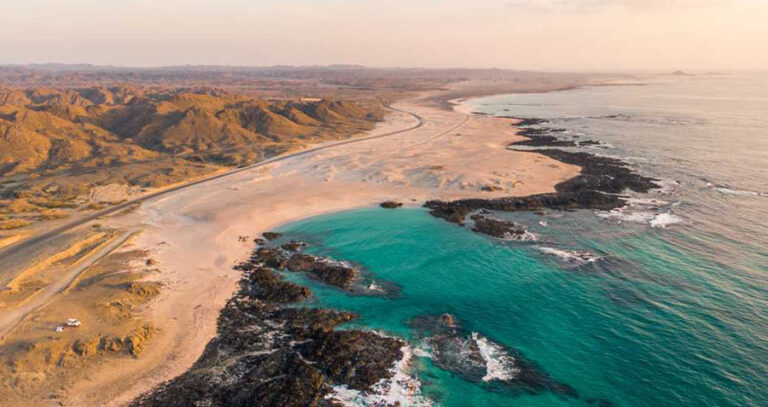
Masirah Island
It can only be reached by ferry from Shannah and is a bird watcher’s paradise as well as an important hatching site for a vast number of migrating sea turtles. It is also a great place to enjoy fishing, as well as many water sports such as kitesurfing and sailing due to the winds close to the shore.
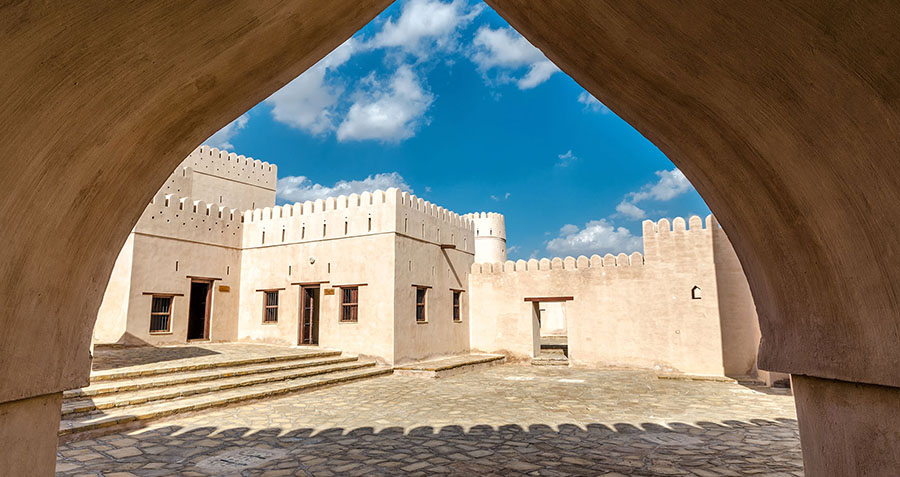
Jalan Bani Bu Ali
Jalan Bani Bu Ali is a town steeped in history with old watchtowers, an old fort and ornate carved wooden doors at every turn. However, it is most famous for the souq, which is open every Friday morning and sells a variety of modern and traditional goods.
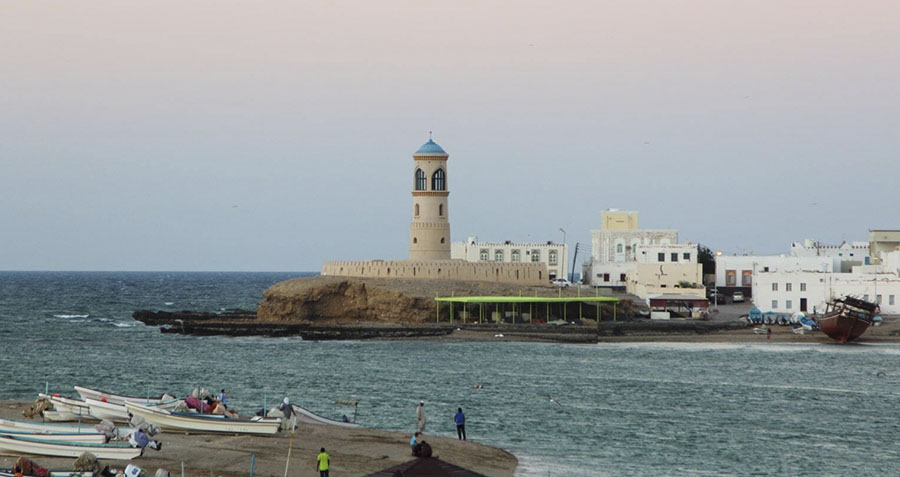
Al Ayjah Lighthouse
The Al Ayjah Lighthouse was built by the Portuguese and was actually a defence tower turned lighthouse that used to guide Dhows safely into Sur lagoon. The tower is close to the Dhow Yard and Sur Maritime Museum.
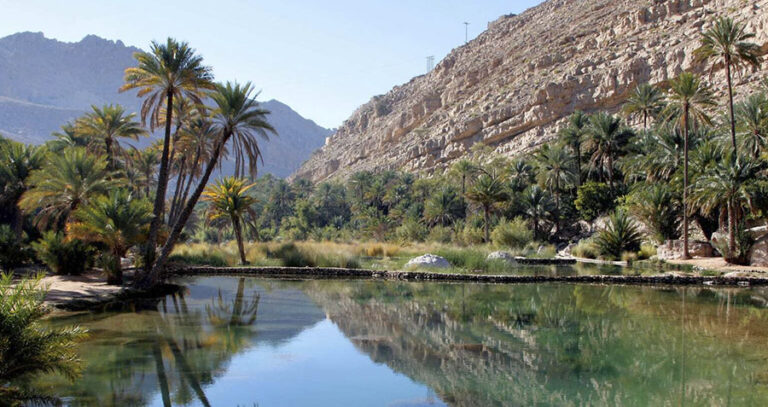
Wadi Bani Khalid
One of the Sultanate’s best known wadis, Wadi Bani Khalid is a geographical wonderland of pools, caves and mountains. Unlike other wadis, it enjoys a constant flow of water all year round – perfect for visiting any season.
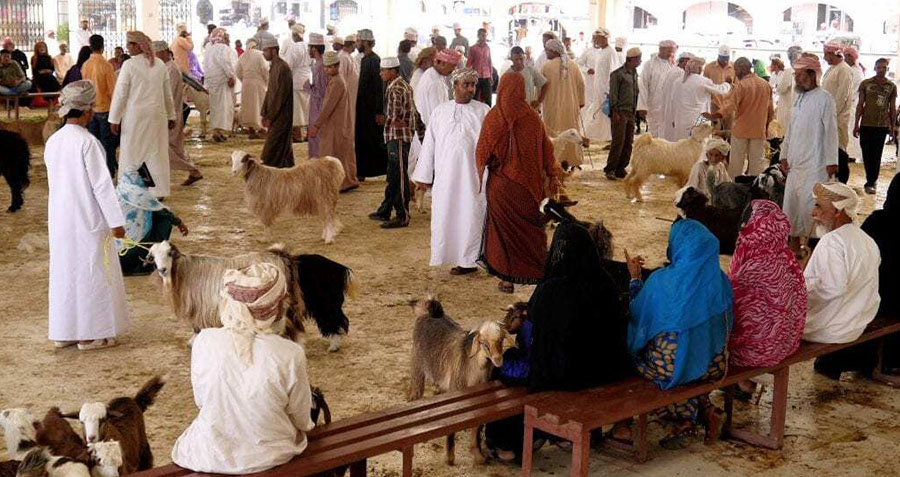
Sinaw Thursday Market
Fridays is camel market at Sinaw Souq, located at the edge of the Sharqiyah Sands and just a two hour drive from Muscat. This bustling souq is mainly visited by Bedouins, who come from the entire region to buy and sell live stock and everyday items.
Sinaw Thursday Market is held every Thursday in A’Sharqiyah North Governorate. It is a very busy market due to its proximity to the Bedouin communities, who head there to buy staples and sell their livestock and handicrafts. This market runs from six in the morning until one in the afternoon.
Sinaw Thursday Market is held every Thursday in A’Sharqiyah North Governorate. It is a very busy market due to its proximity to the Bedouin communities, who head there to buy staples and sell their livestock and handicrafts. This market runs from six in the morning until one in the afternoon.
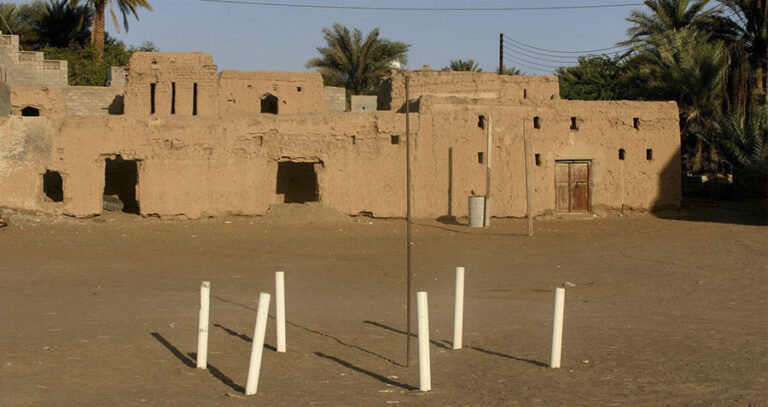
Bidiyah
Located 233km from Muscat, Bidiyah is a collection of villages at the edge of the Sharqiyah Sands. Home to Bedouin people from the desert, it is the perfect place to experience traditional camel or horse races or visit its famous Eid market.
A three- to four-hour drive from Muscat, Bidiyah is in the Sharqiyah Sands, the most popular destination in Oman for dune-bashing, desert-crossings, and camping. No visit to Oman would be complete without seeing these spectacular seas of sand.
A three- to four-hour drive from Muscat, Bidiyah is in the Sharqiyah Sands, the most popular destination in Oman for dune-bashing, desert-crossings, and camping. No visit to Oman would be complete without seeing these spectacular seas of sand.
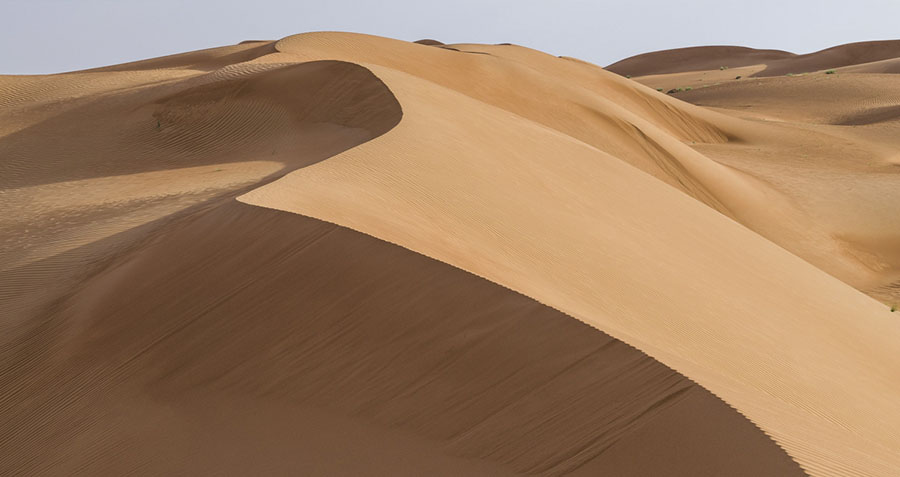
Sharqiyah Sands
The Sharqiyah Sands allows visitors to experience the desert first hand, with dunes reaching as far as the horizon and the area teeming with wildlife. Dune bashing is one of the many favourite activities for visitors to the Sharqiyah Sands.
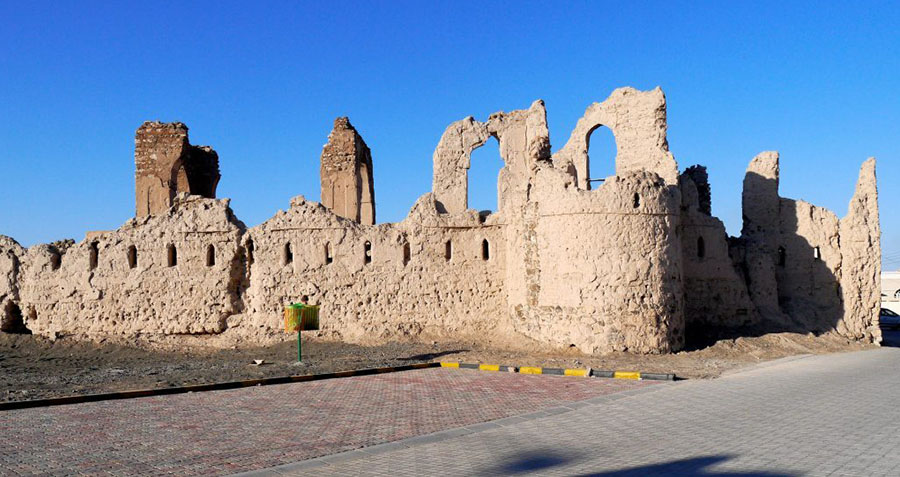
Ibra
Once a trading hub at the gates to the Sharqiyah Sands, Ibra today is a modern city complete with university, hospital and hotels. Its many forts and mosques are some of the oldest in Oman, with Al Minzifah and the Wednesday Women’s Market just some of the must-see highlights.
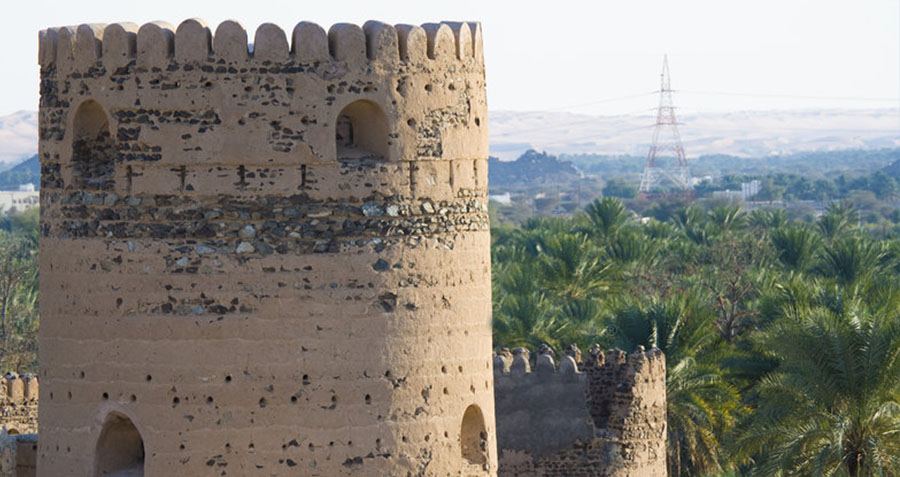
Al Mudayrib Village
Al Mudayrib has managed to keep its atmosphere and character. The historical center is surrounded by small hills with watchtowers which are visible from afar.
. Al Mudayrib is still inhabited as it always was, although here too new buildings are emerging around the old settlement.
. In the middle of the hollow the houses cluster around the only falaj. The oldest extant buildings in Al Mudayrib are from the 18th century. The comparatively good condition of the walls is thanks to the solid manner of construction – the stones were bound together with a mixture of clay and plaster. The large buildings equipped with defensive towers were used by the various clans as meeting points. In times of war they served as a defensive refuge for individual members of the tribe or for large families.
. Al Mudayrib is still inhabited as it always was, although here too new buildings are emerging around the old settlement.
. In the middle of the hollow the houses cluster around the only falaj. The oldest extant buildings in Al Mudayrib are from the 18th century. The comparatively good condition of the walls is thanks to the solid manner of construction – the stones were bound together with a mixture of clay and plaster. The large buildings equipped with defensive towers were used by the various clans as meeting points. In times of war they served as a defensive refuge for individual members of the tribe or for large families.
OTHER OMAN REGIONS
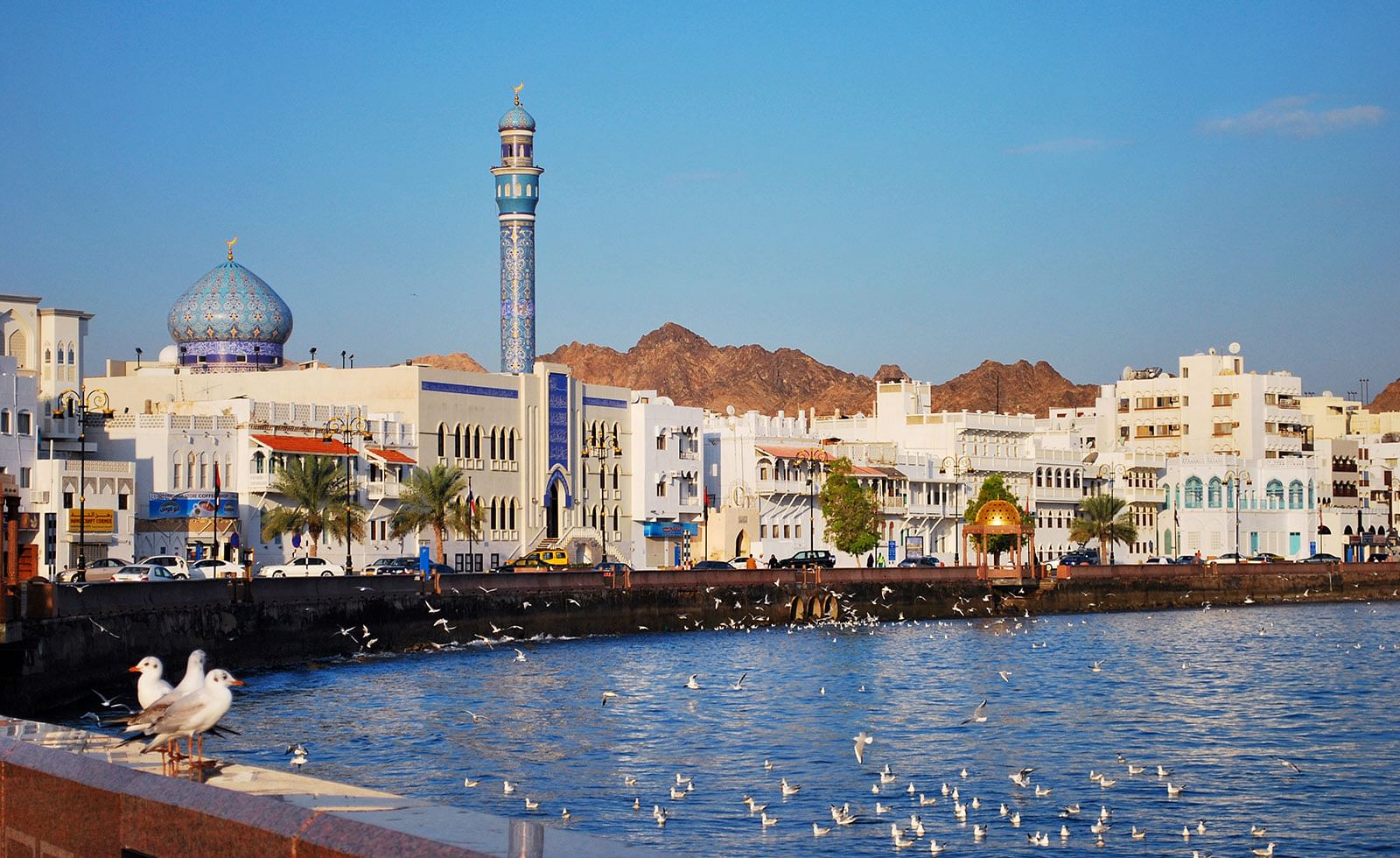
MUSCAT

MUSANDAM

DHOFAR
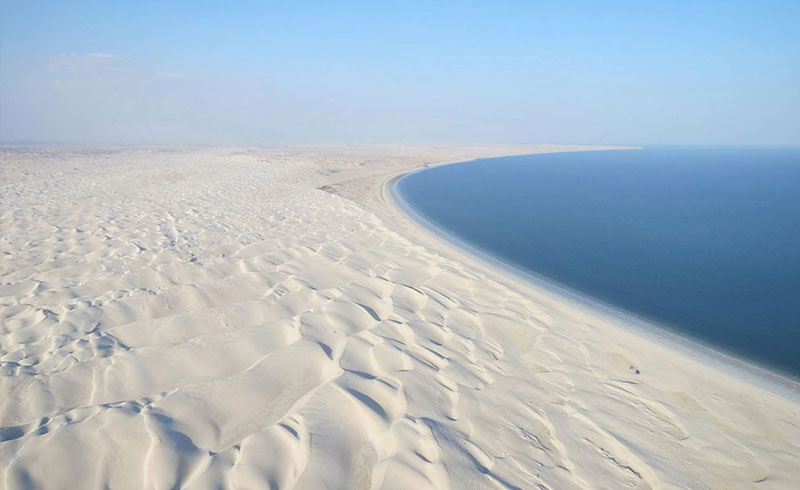
AL WUSTA
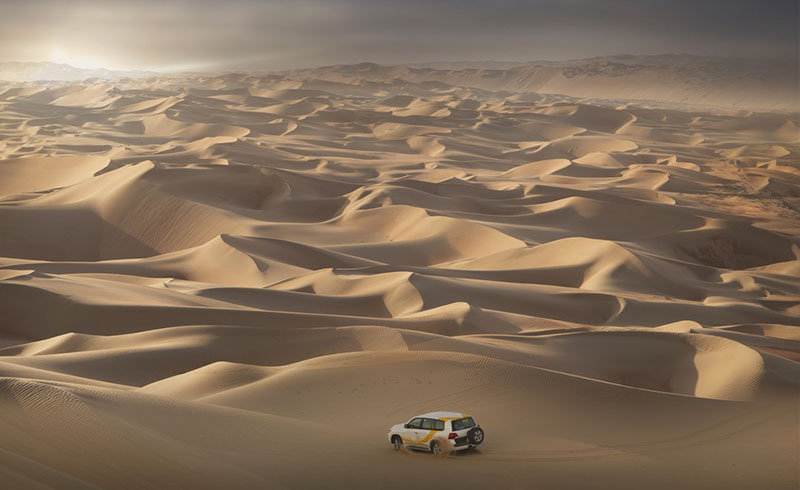
AL BURAIMI
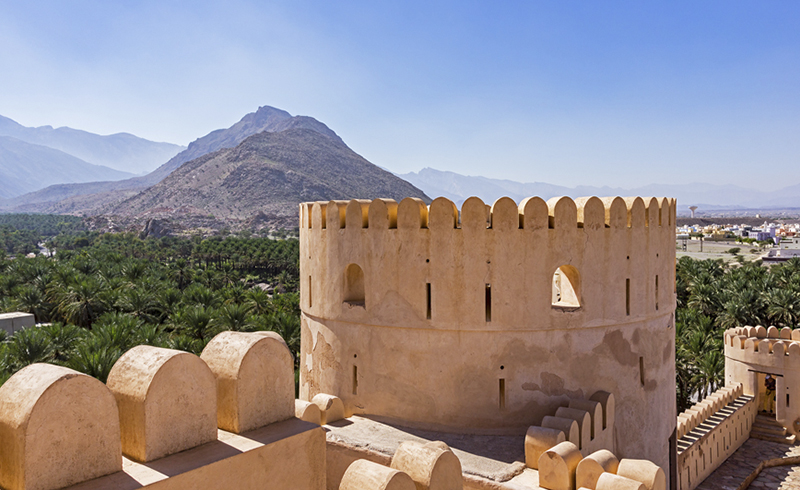
AL BATINAH
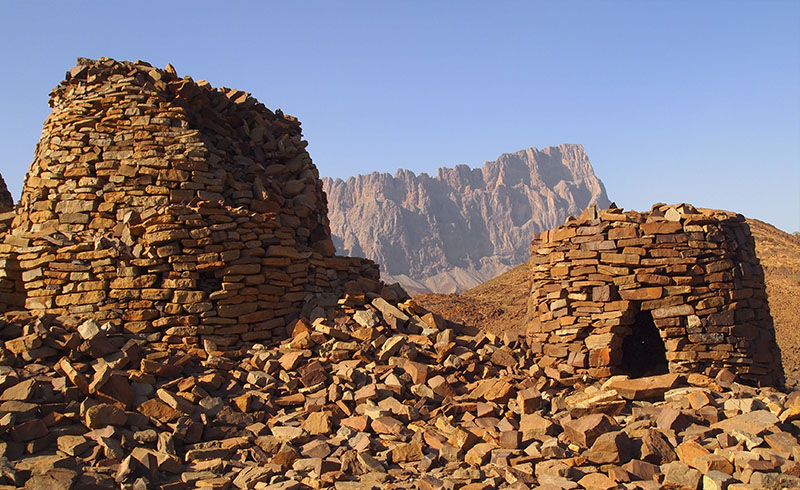
A’DHAHIRAH
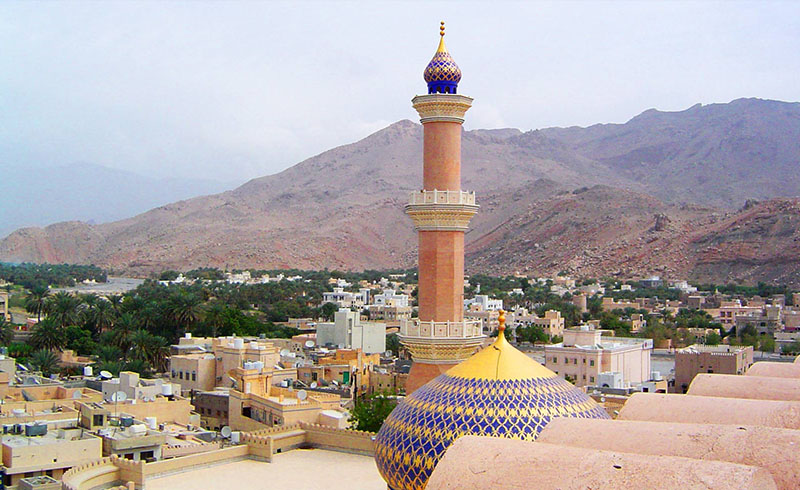
A’DAKHILIYAH
Get Perfect Tour Experience
It is a long established fact that a reader will by the readable.
